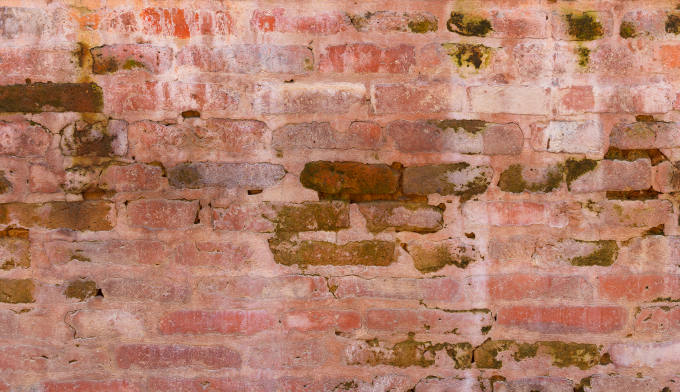
Damp is one of the most common issues we come across in our property surveys. We’ve talked about the mysterious phenomenon of rising dampness before, but if you’ve spotted signs of dampness in your home, or have had a HomeBuyer Survey or Building Survey carried out which is flagging up damp problems in the property you are interested in buying, you might be wondering what your options are.
Isolated patches of moisture are generally easy to deal with, however, when a building becomes riddled with dampness, it turns into more than just a superficial problem. Crumbling brickwork and rotten timbers can cause the structure to lose integrity, ultimately making a home uninhabitable if the underlying problem goes untreated. In addition, there’s the worrying fact that black mould is known to cause severe health problems over time.
Due to all the above-mentioned risks, even the mention of a damp in a property survey can be a cause for concern to some buyers, making them suddenly uncertain about the home they have their hearts set on.
So, what is the best way to proceed when a damp survey uncovers dampness in a building you are considering the purchase of? It’s a question we get asked a lot and we are happy to share some of our knowledge and tips in this blog.
How bad is the damp problem?
The first step is to ascertain how big a problem the presence of dampness is likely to be. Depending on the kind of property investigation you have commissioned, you may have all the information you need straight away, or you may need to have a further, specialist investigation carried out. The term ‘damp’ could refer to condensation damage, which may be rectified by opening a window, placing a dehumidifier into the room or installing an extractor fan. Or, it could refer to problems caused by a leaky roof or faulty damp-proof course (DPC).
Once you understand how serious the damp is, and how much of the property is affected, you can decide whether you are prepared to carry out the necessary repairs, or if you would rather pass on that particular property and find a less troublesome property to buy instead.
Condensation
Condensation is usually the least concerning kind of dampness, as there are easy steps to fixing it. Caused by humid air hitting a cool surface, it’s common to find condensation-related dampness in rooms where cooking, showering or clothes-drying take place. Using extractor fans and opening windows are quick ways to manage the room’s humidity, while a dehumidifier can help in a pinch. Long-term, proper ventilation and insulation on external walls and windows should help.
Mould and Mildew
Signs of mould and mildew are potential of greater concern, mostly due to how fast they can spread through a property. Mould and mildew are caused by spores in the air, which can multiply very quickly if they find a cold, moist surface to land on. People living in a building with mould and mildew may experience allergy-like symptoms including sinus congestion, coughing, skin irritations and more.
Again, the best course of action is to let in plenty of sunlight and improve the ventilation around the house, ensuring that damp areas can always dry out thoroughly.
Finding the Cause
In order to completely eliminate dampness in a property, you will need to find its source – and a Building Survey is an excellent tool to help identify this for you. Blocked gutters, missing roof tiles or damaged brickwork are common culprits, as are leaking internal pipes. Your Building Survey report should also advise the best way to deal with the dampness and include estimates for repair costs, giving you all the information you need to decide whether or not the property purchase is worth progressing.
Contact us
If you’re having trouble with dampness in a property or need a surveyor to help you find the cause, H&S Surveyors can help. As a long-established firm of Chartered Surveyors operating across South Devon, our team has extensive experience carrying out building surveys to find dampness and other property defects and issues. Get in touch with our friendly team today at (01626) 335008 or email us at admin@hammondandshaw.com for a free quote and to see how we can help.